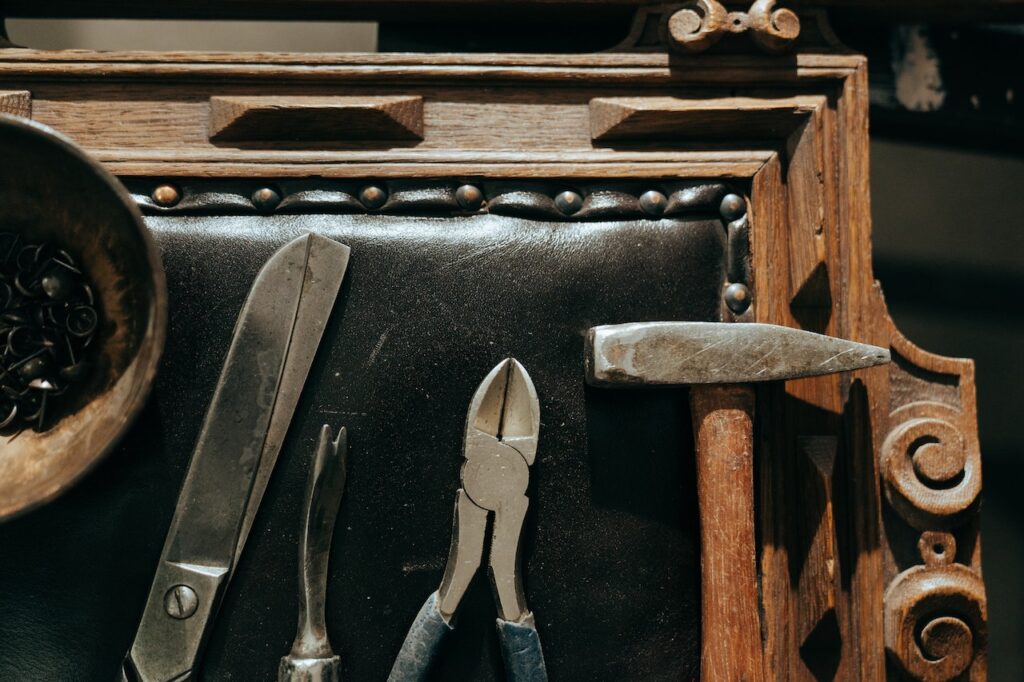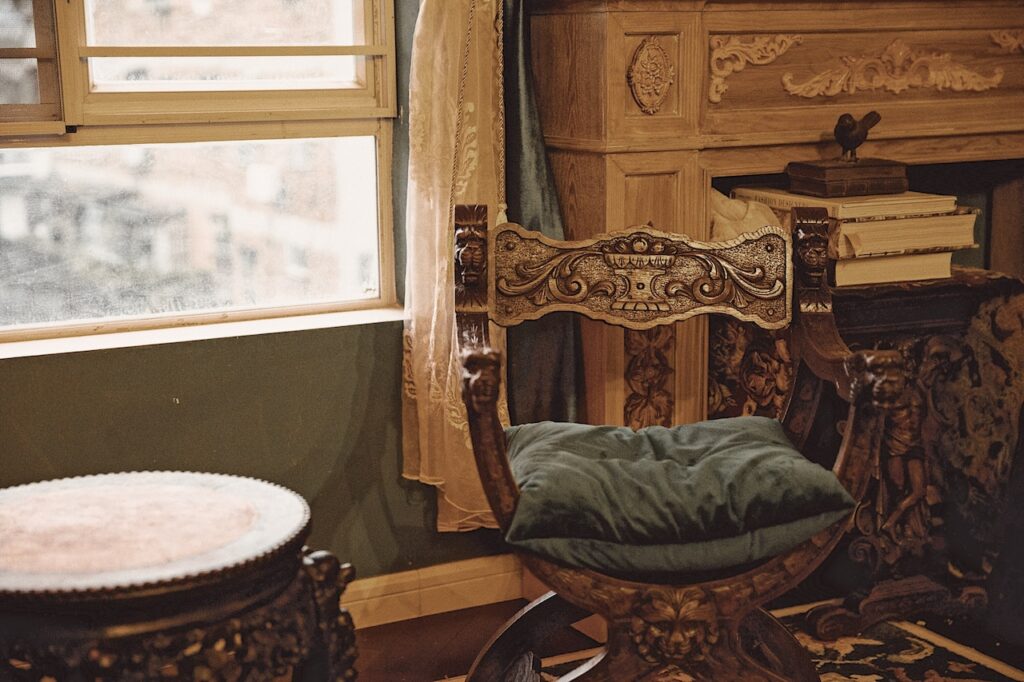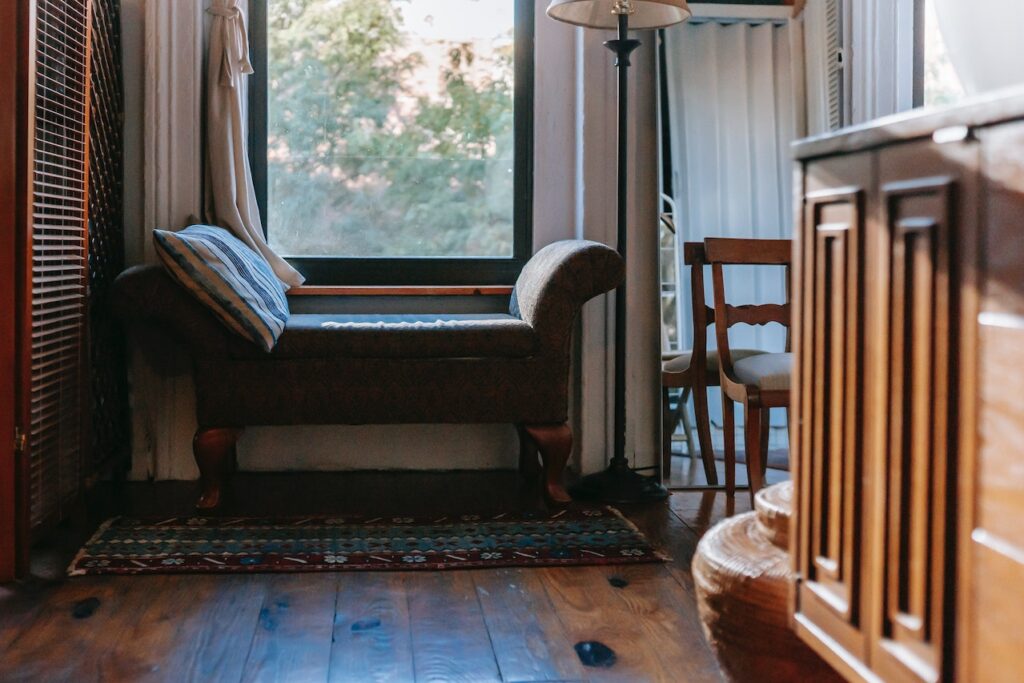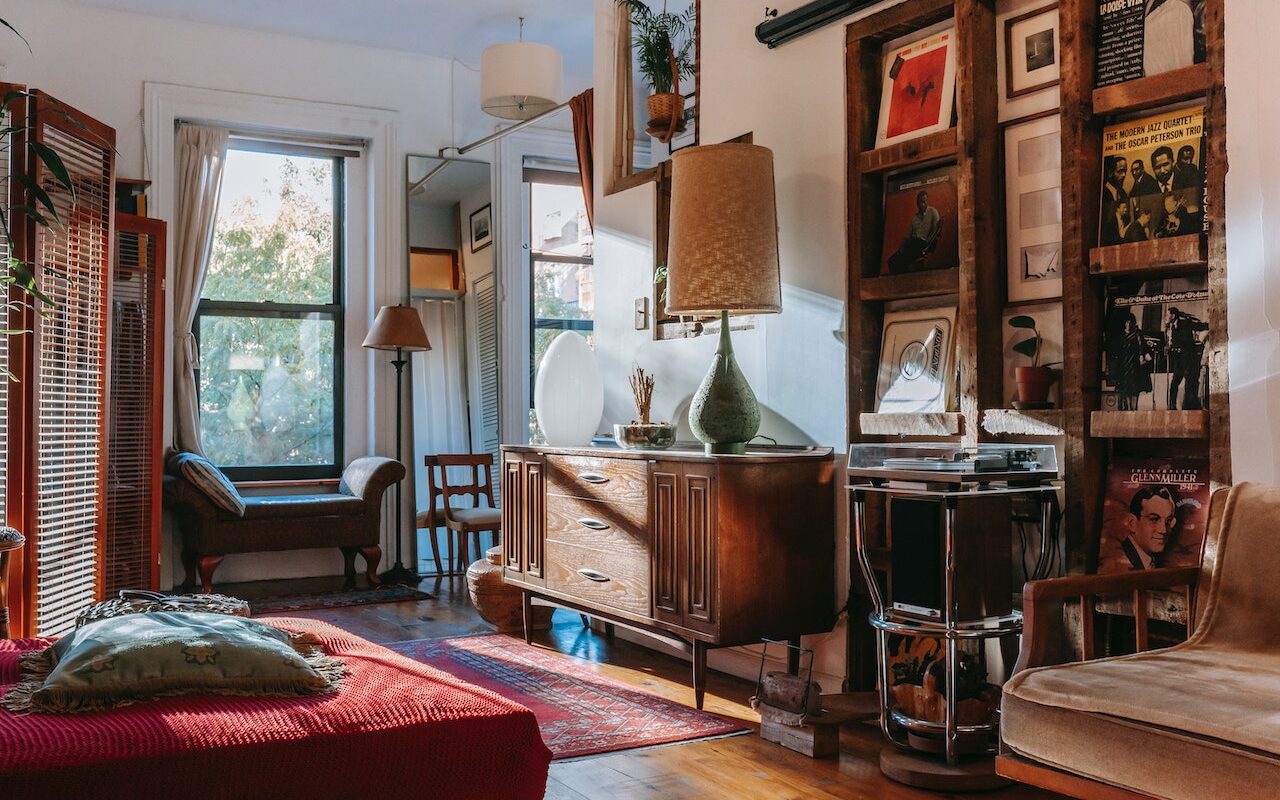Welcome to the fascinating world of furniture restoration! This article will delve into a rewarding DIY project that breathes new life into worn and weathered pieces: learning how to restore old furniture pieces. It’s about so much more than just making something old look new again. It’s about reviving the charm, history, and craftsmanship of times gone by. With patience, creativity, and the right tools, you can transform forgotten, aged furniture into standout pieces that add character to your living spaces. Join us as we guide you through the journey of old furniture restoration. We’ll offer expert advice, practical tips, and inspiring ideas along the way. Let’s bring your old furniture back to its former glory!
The Appeal of Old Furniture
Old furniture holds a unique charm, standing as a testament to the craftsmanship of past eras. More than just an object, it’s a piece of history ripe for restoration. Each piece carries intricate details and quality materials that modern, mass-produced items often lack.
Moreover, refurbishing old furniture can add a touch of luxury to your home. A carefully restored antique can serve as an eye-catching centerpiece, adding timeless appeal to any room. This uniqueness transforms an ordinary space into something extraordinary, imbuing it with a sense of luxury and elegance.
Lastly, old furniture restoration is an eco-friendly choice, reducing waste and promoting sustainability. This conscious choice further enhances the appeal of restoring these treasured pieces.
Necessary Tools and Materials
Before starting your furniture restoration project, it’s important to gather all the necessary tools and materials. Having everything at hand will make the process smoother and more efficient. Here’s a list of the essentials:
- Safety Equipment: Always prioritize safety. This includes gloves to protect your hands, safety glasses for your eyes, and a mask to avoid inhaling dust or chemical fumes.
- Screwdriver: A versatile tool for disassembling furniture parts if necessary and removing old hardware.
- Sandpaper: You’ll need various grits of sandpaper to smooth your furniture and prepare it for staining or painting.
- Paint Stripper: If your furniture has old paint that you wish to remove, a good quality paint stripper is indispensable.
- Wood Filler: This is used to fill in any holes or cracks in the wood surface.
- Primer and Paint/Stain: Depending on the look you want to achieve, you might need primer and paint or a wood stain. You will use it to bring out the natural beauty of the wood.
- Sealant: After the paint or stain has dried, a sealant like a varnish or polyurethane will protect your furniture and give it a lovely finish.
- Paintbrushes and Rollers: These apply paint, primer, stain, and sealant. Having a variety of sizes will help with different parts of your furniture.
- Clean Cloths and Sponges: Useful for cleaning your furniture before you start and for applying and removing products during the restoration process.
- Furniture Wax and Polish: These products are used at the very end of the process to give your piece a final shine and additional protection.
Remember, the quality of your tools and materials will directly affect the outcome of your restoration project. Investing in good quality supplies is worthwhile to ensure the best possible results.

Identifying the Type and Condition of Your Old Furniture
Before you dive into the restoration process, it’s crucial to understand the type and condition of your furniture. Is it solid wood or veneer? Is the existing finish oil or water-based? A little research can go a long way in achieving a successful restoration.
Also, consider the furniture’s current state. Does it simply need a fresh coat of paint, or does it require more intensive repairs? Be realistic about the time, effort, and cost it’ll take to restore each piece. Furniture restoration can be a smart approach if you’re seeking to save money when decorating a vacation home on a budget. Often, furniture pieces in such homes, while old, don’t necessarily align with their age in terms of condition due to infrequent usage. This presents an opportunity to transform these less-worn pieces into captivating additions to your vacation home through restoration. You’re not just saving money but also creating a unique space imbued with charm and history.

Essential Steps to Restore Old Furniture Pieces
Restoring old furniture can be a therapeutic and rewarding process, especially during a home remodel. Here are the fundamental steps you should follow:
- Clean
- Assess
- Strip and Sand
- Repair
- Prime and Paint/Stain
- Seal
- Final Touches
An added advantage of this process is the flexibility it offers for those living in their home during a remodel. Furniture restoration can be carried out at your own pace in a designated space, reducing the disruption often associated with larger remodeling projects. It allows you to progressively transform your living space without having to endure a chaotic environment.
Common Mistakes to Avoid During Furniture Restoration
When restoring furniture, thorough preparation, including cleaning, sanding, and priming, is key to a successful outcome. Equally important is choosing the right materials tailored to each piece and its desired finish, ensuring a high-quality result.
Patience is essential. Avoid rushing the process and give each stage, especially drying time, the attention it deserves. Safety measures should always be at the forefront, requiring protective gear and a well-ventilated workspace.
In the context of a larger home renovation, these precautions are crucial. When you restore old furniture pieces successfully, it enhances your newly renovated space without causing unnecessary delays or additional costs.
Enhancing the Beauty of Restored Furniture
Restored furniture adds a unique aesthetic to any living space. But, to amplify its beauty, consider the surrounding décor. Complement your piece with suitable fabrics, colors, and accessories that highlight its charm. Choosing the right lighting can also enhance the visual appeal of your refurbished piece, casting a warm glow that accentuates its details and artistry.

Conclusion
The process you go through when you decide to restore old furniture pieces brings a sense of accomplishment and satisfaction. Not only are you creating beautiful pieces of functional art, but you are also preserving pieces of history and reducing environmental waste. Embrace the journey, cherish the transformation, and let your home tell a story through your restored furniture. Each piece is a reflection of your effort, creativity, and love for preservation.







